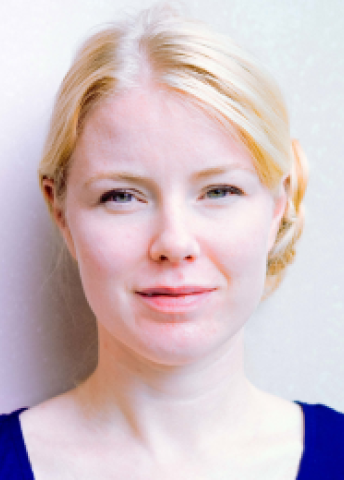
Program for mathematics 2022
Grant to recruit an international researcher
for a postdoctoral position
Dr Josefin Ahlkrona
Department of Mathematics, Stockholm University
Grant to recruit an international researcher
for a postdoctoral position
Dr Josefin Ahlkrona
Department of Mathematics, Stockholm University
More accurate simulations of ice sheets
Dr Josefin Ahlkrona will receive funding from the Knut and Alice Wallenberg Foundation to recruit an international researcher for a postdoctoral position at the Department of Mathematics, Stockholm University.
One of the most dramatic consequences of climate change is the melting ice sheets in Greenland and the Antarctic. The results will be rising sea levels that threaten coastal communities and ecosystems. However, predictions of how much the sea level will increase over the next few decades are very uncertain. The purpose of the planned project is to develop models for the structure of the ice sheets and to create more efficient algorithms for calculating ice melt.
One important reason for the models’ unreliability is that it is difficult to include all the internal stresses in the ice. If computer simulations are not to take several years to complete, or require memory in excess of today’s supercomputers, some stresses must either be entirely ignored or be included in the model at a very low resolution.
Another reason is the lack of understanding of the mathematics underlying the advanced models that include all the stresses. These models are so complicated that it has been difficult to know how to apply them without considerable numerical errors. This is particularly unfortunate at coastlines, where the ice is in contact with the sea and much of the melting occurs.
One way to use computing power optimally would be to simplify the model by only including all the stresses in the ice where they are of the greatest importance (such as close to the coast) and using a more efficient model for the other areas. However, it is also necessary to estimate the numerical errors this method entails. The results can then be used to improve an algorithm called ISCAL (Ice Sheet Coupled Approximation Level), so that simulations of the ice sheets will be 4-10 times faster.
Photo: Stefano Papazian